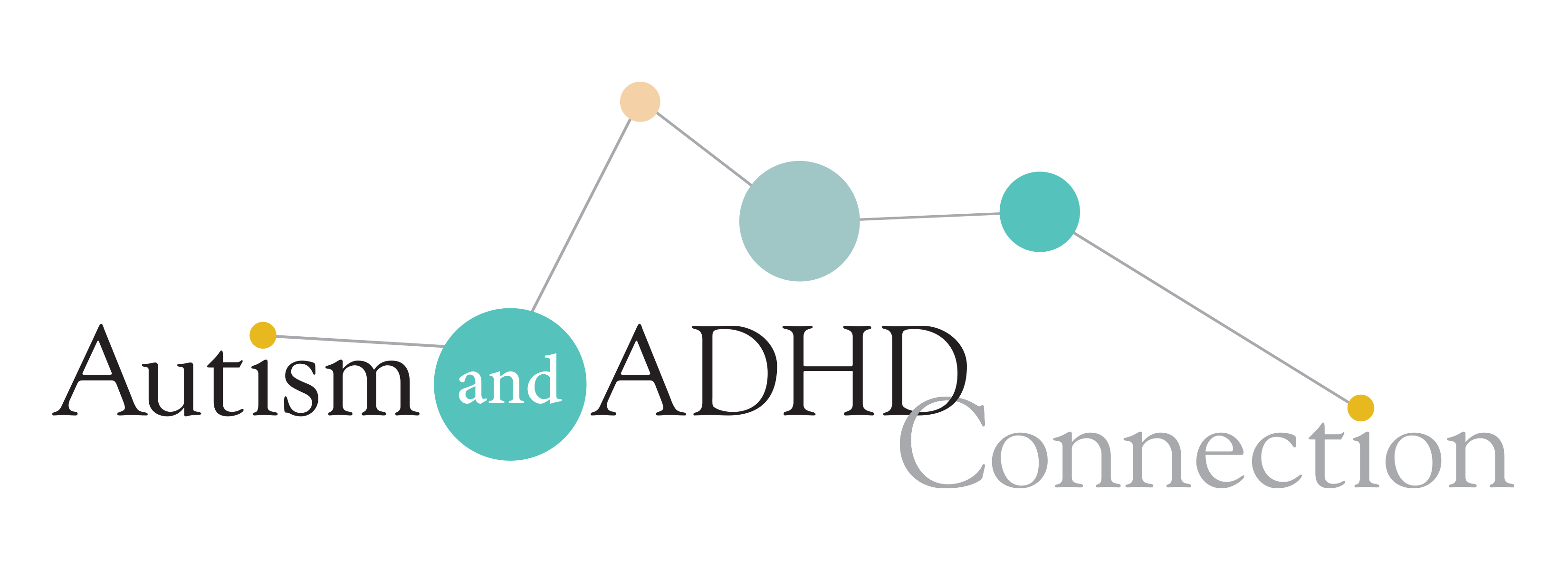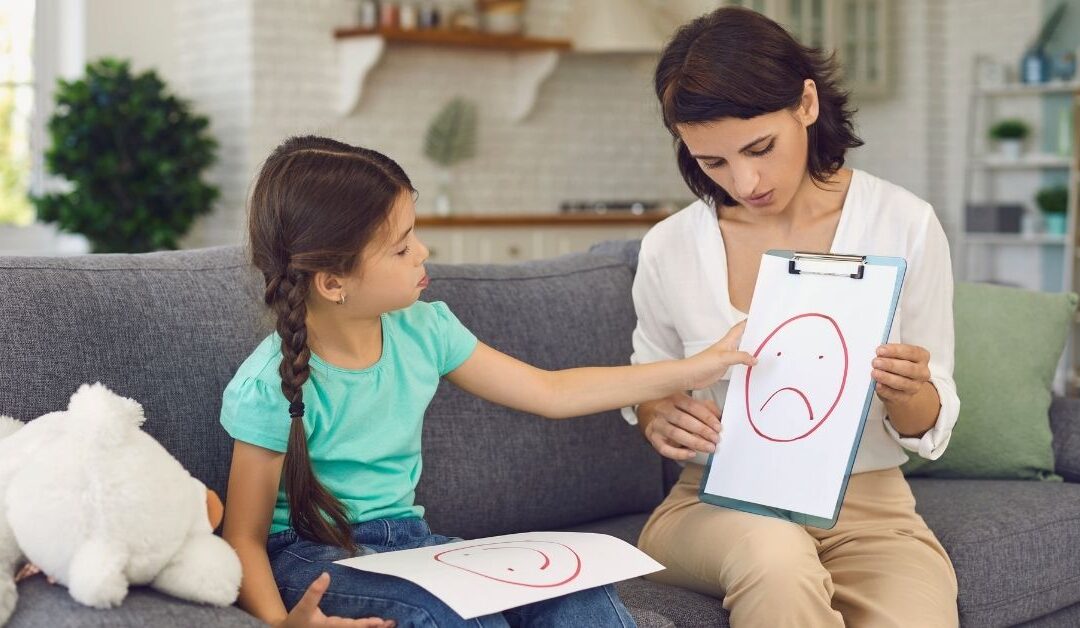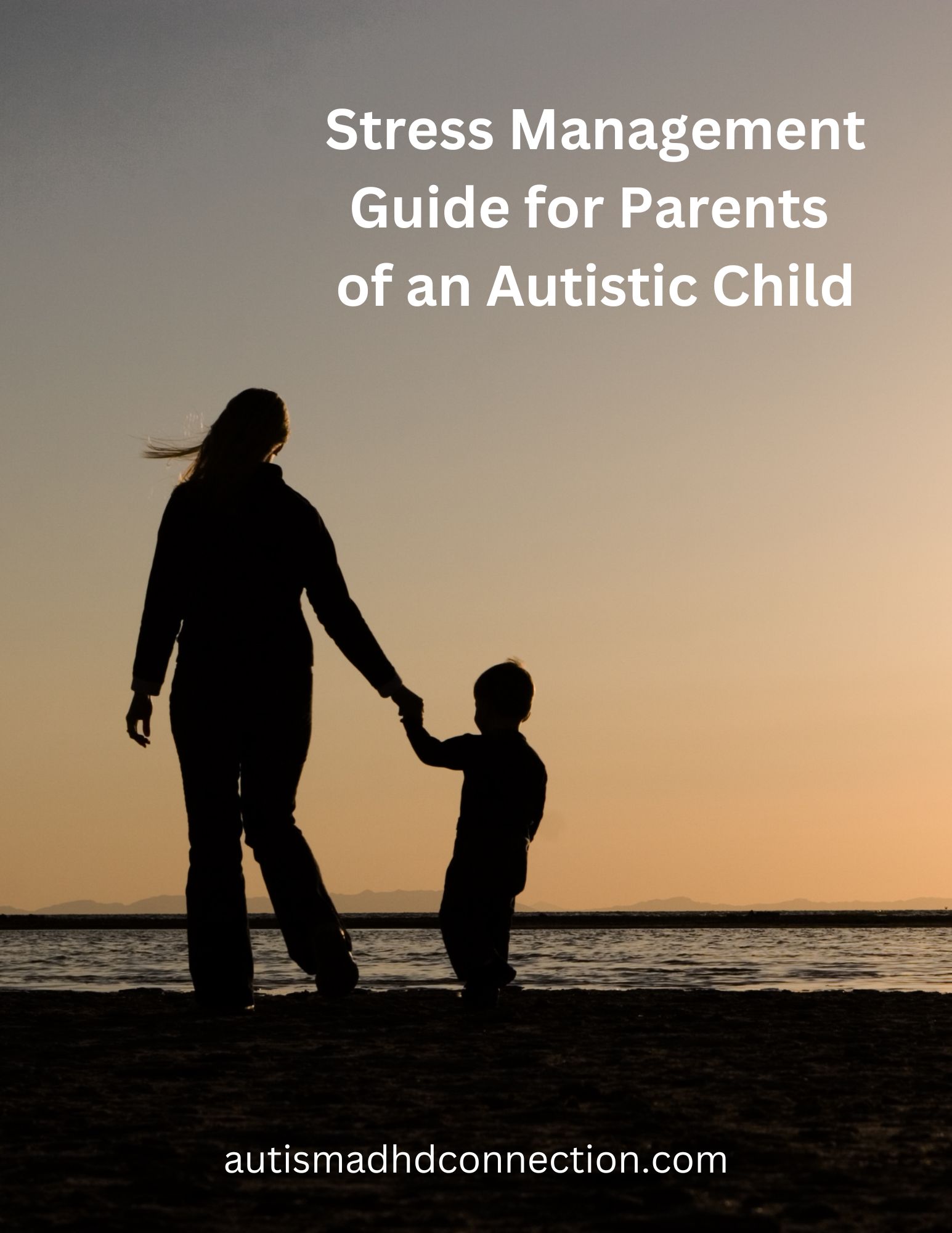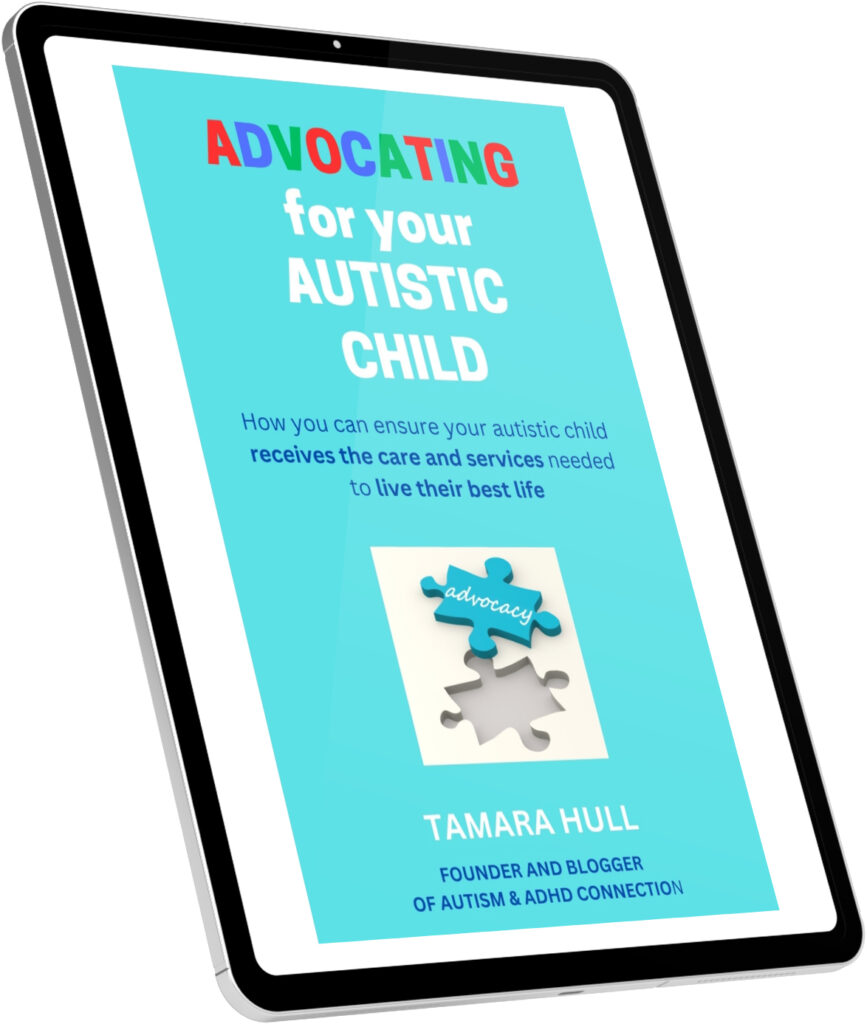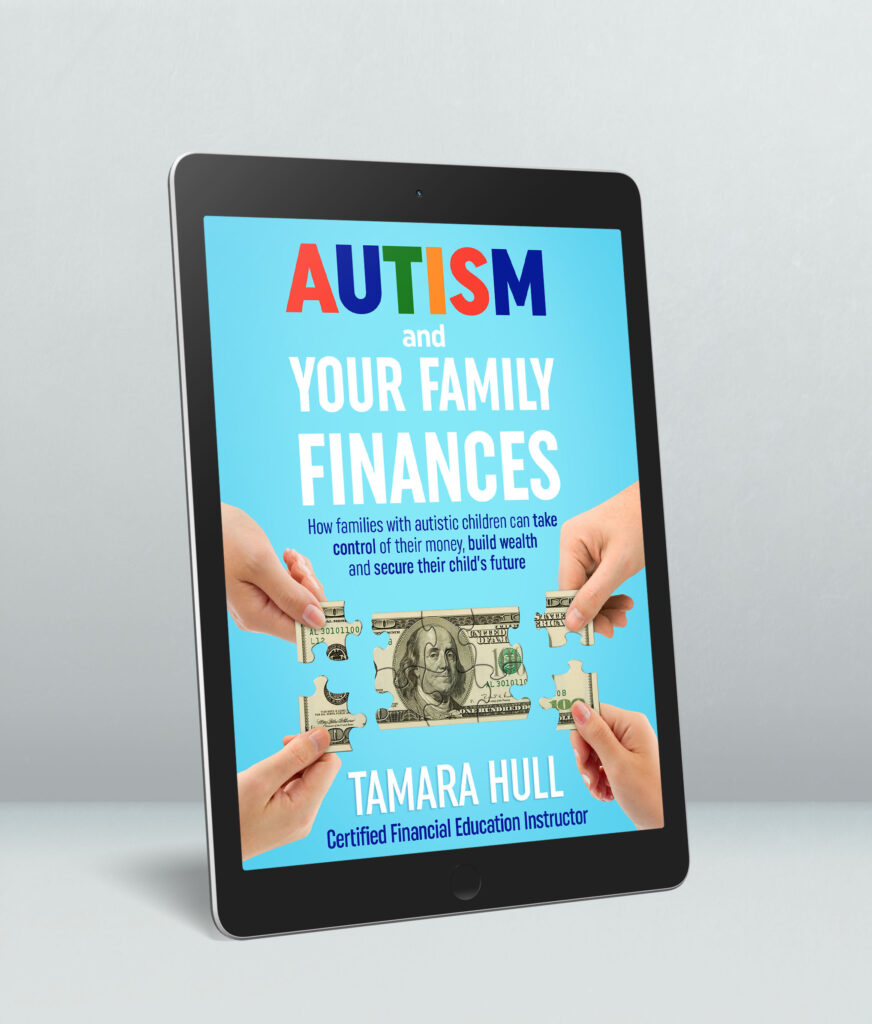Emotional regulation is so important throughout anyone’s life. Being able to control our emotions helps our relationships in our families, at school, in the workplace and out in public in general. When someone doesn’t have control of their negative emotions, it disrupts life, damages relationships and causes or exacerbates health problems. That is why it’s so important to help your autistic and ADHD child learn how to gain emotional control. But how can you teach them emotional regulation?
Why children with autism and ADHD have difficulty controlling negative emotions
I have written a lot lately in my blog posts about executive function skills. Believe it or not, emotional control is also part of that skill set. What research has shown (and our own experiences as parents have proven!) is that our children with autism and ADHD usually lack executive function skills, and this is another one of those.
Our children on the spectrum are dealing with a lot of situations that can cause negative emotions. It could be a social situation they misinterpret with friends. A child at school could be teasing them about their stimming. They may be dealing with sensory issues that cause them distress. Your child may be feeling autistic burnout and emotional exhaustion.
Emotional control is one of our son J’s executive function skill deficits, and he is well aware of it. It is something he actively is working on, and it’s improved over the years. His speech therapist in elementary school worked a lot with him on emotions, which helped him to better identify emotions both in himself and others. While it’s been a struggle, he has gotten better about understanding when his emotions are getting out of control and some things he can do to calm down and gain control of them. Sometimes, he will go outside and walk around the yard. Other times he takes a walk in the neighborhood. At times, he will listen to music to calm down. J will do some deep breathing if he is in a situation where he cannot walk away from it. At school, he has learned to seek out help from his resource teacher or guidance counselors. I’m glad his school offers a Zen room where he can go as a safe place when needed.
Ways you can help your child gain control of their emotions

If your autistic child is dealing with a negative situation, how can you help them learn to gain emotional control? Here are some ideas.
1. Help your child identify the emotion they are feeling
Sometimes, children with autism do not understand the emotion they are feeling. This happens often when they are younger. You can use feelings charts or social stories to help them understand different types of emotions while they are calmer and open to learning. When they are in the moment, try to stay calm yourself and help them name the emotion they are feeling.
2. Teach them that feelings pass
When we are feeling a negative emotion, we can think it will last a long time. Yet, it will pass within a reasonable amount of time in most cases. (If you think your child is dealing with chronic depression or anxiety, that is another matter, and you should seek professional help for your child.)
3. Assist your child with learning coping skills
Certain actions such as deep breathing or counting to 10 can help give our minds and bodies the time needed to calm down. If your child is angry at another person, teach them to walk away and go into another room until the negative emotion subsides. Need some other ideas for coping skills to teach your child or use with them? Check out this article.
4. Model emotional control yourself
Children learn from the adults around them. If you cannot control your own emotions, then it’s difficult to expect your own child will do it. If you have problems controlling your emotions, then seek help with a professional or through self-learning.
5. Role play “what if” scenarios
Role play can be an effective learning tool with autistic children and can help them learn to gain emotional control. Write down several scenarios in which your child may encounter and have negative emotions. Role play each of them and discuss what actions they could take in each to be in control of their emotions.
Resources
Need more information about emotional control for your autistic and ADHD child or want additional ideas on teaching them regulation? Check these out.
I’m Just a Kid: A Social-Emotional Book about Self-Regulation (affiliate link)
The DBT Skills Workbook for Teens: A Fun Guide to Manage Anxiety and Stress, Understand Your Emotions and Learn Effective Communication Skills (affiliate link)
MySELF – Feelings & Cooperation (affiliate link)
Have you had success teaching your autistic and ADHD child emotional control? If so, leave your tips in the comments so that we can share and encourage one another on this journey!
